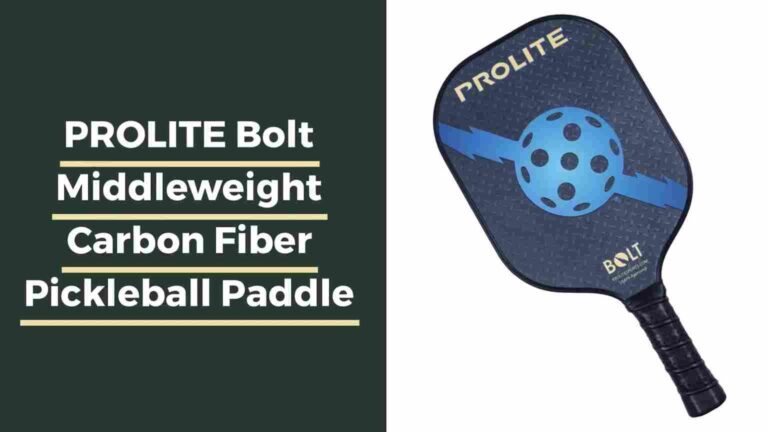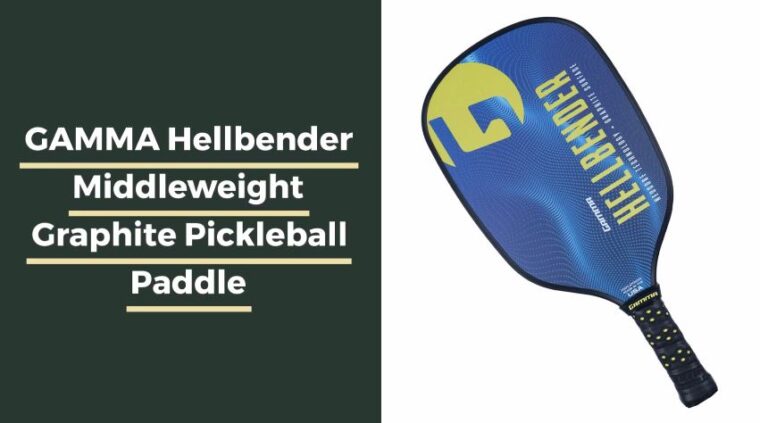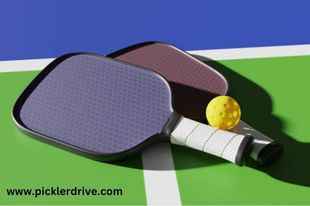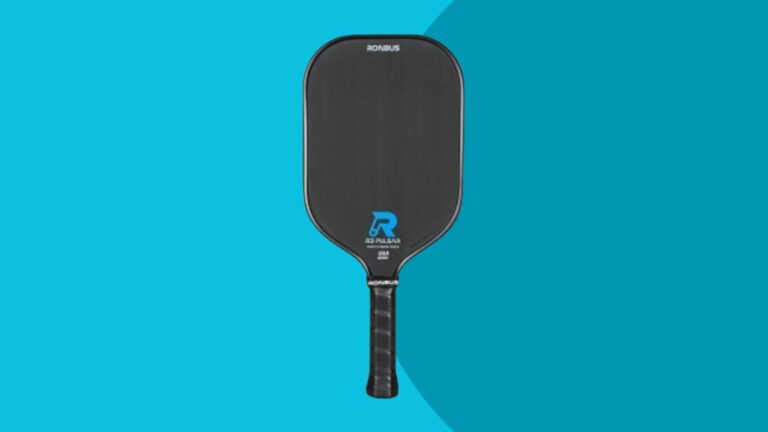With the right sort of materials and a bit of patience, anyone can easily make their pickleball paddle. Whether you are a seasoned expert or a beginner just starting, making your paddle can be a great way to take your game to the next best level possible.
How to make your pickleball Paddle

Pickleball is a fast-paced and thrilling sport that requires a combination of skills and equipment. One of the most important pieces of equipment and basic requirements for any pickleball player is the paddle. While there are a lot of different types and brands of pickleball paddles available in the market, some players prefer to make their paddles for a variety of reasons.
If you’re looking to save money, create a unique and individual design, or simply want to enjoy the satisfaction of creating something with your own hands, making your pickleball paddle would be a fun and rewarding experience.
Over the years, the importance of playing pickleball has evolved in a positive sense. It has the most comforting effect on the body. Everyone of any age can play this sport. Even people in a wheelchair can enjoy the opportunity to play this sport.
Hence, the need to make own paddle has also increased. Here is a step-by-step guide where you will get to know how you can have your paddle.
In this article, we will show you how to make your pickleball paddle from start to finish. We will cover everything from choosing the right materials to assembling and customizing your paddle to suit your desires and preferences.
Benefits of making your pickleball paddle
Making your pickleball paddle can be a hell of a fun and rewarding activity. Not just that you will have a unique, individual, and personalized paddle, but you will also have the comfort of knowing that you made it by yourself. In this article, we will let you know the easiest steps to make your pickleball paddle, as well as tips for building up a paddle cover, producing a paddle rack, and making a holder for the paddle.
What are the materials needed to make your pickleball paddle?
Here is a thorough list of materials and tools needed to make a paddle that we will go through in the coming writings. The first step to making your pickleball paddle is to accumulate all of the materials you will need.
You will acquire a piece of wood to make the paddle face, a piece of wood for making the handle, a piece of foam for the grip, glue, and paint or varnish. You will also need a sharp saw and other fundamental woodworking tools.
Choosing the right materials
- Types of wood commonly used for pickleball paddles
- Other materials needed for construction
Table of Materials:
- Wood for paddle body (e.g. maple, ash, balsa)
- Epoxy resin
- Fiberglass or carbon fiber
- Lead tape (for adjusting weight)
- Grip (e.g. rubber, foam, leather)
- Paddle cover or design materials (optional)
- Tools (e.g. saw, sandpaper, clamps, roller)
Designing and planning your paddle
- Considerations for shape, size, and weight
- Tips for creating a unique design
Building your paddle
- Step-by-step instructions for assembling your paddle
- Tips for ensuring a smooth and accurate build
Customizing your paddle
- Adding lead tape to adjust the weight
- Creating a custom grip
- Applying a custom cover or design
- The satisfaction and benefits of playing with your handcrafted paddle
frequently asked questions
Conclusion
With the right sort of materials and a bit of patience, anyone can easily make their pickleball paddle. Whether you are a seasoned expert or a beginner just starting, making your paddle can be a great way to take your game to the next best level possible.
It has also seen that making your own is economical and gives you the benefit to design appropriately right according to your inclinations. Hence, a better chance of perfection and no damage at all. This is the main reason you should make your pickleball.
When choosing the right materials for your paddle, consider the type of wood that you want to use. Maple, ash, and balsa are all popular forms of choices for pickleball paddles due to their strength and durability. You will also need epoxy resin, fiberglass or carbon fiber, lead tape, and a grip that is rubber, foam, or leather.
When you are designing and planning your paddle, think about the shape, size, and weight that you want to include in your paddle. You can create a unique design that is tailored to your preferences and style of playing. This is also the time to decide if you want to add lead tape to adjust the weight of your paddle. Adding or removing lead tape would customize the weight of your pickleball paddle.
Building your paddle is the next step, where you will have to follow step-by-step instructions to construct your paddle. It is the dominant reason to use the right tools and to be patient during this whole process. Clamps and rollers will help you to ensure a smooth and accurate build.
Once your paddle is built, you can customize it to suit your needs and preferences. This can include adding lead tape to adjust the weight, creating a custom grip, and applying a custom cover or design.
In conclusion, making your pickleball paddle can be a fun and rewarding experience. Not only will you have a unique paddle that is tailored to your needs and preferences, but you will also have the satisfaction of knowing that you built it yourself. With a little bit of patience and the right materials, anyone can make their pickleball paddle and enjoy the afterward results.






